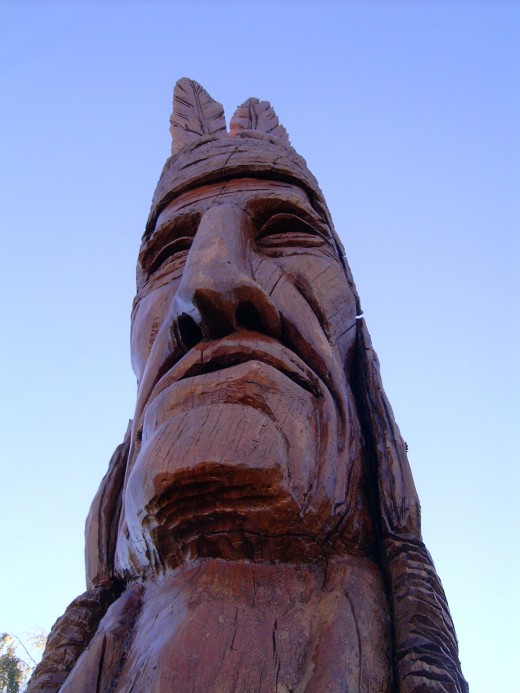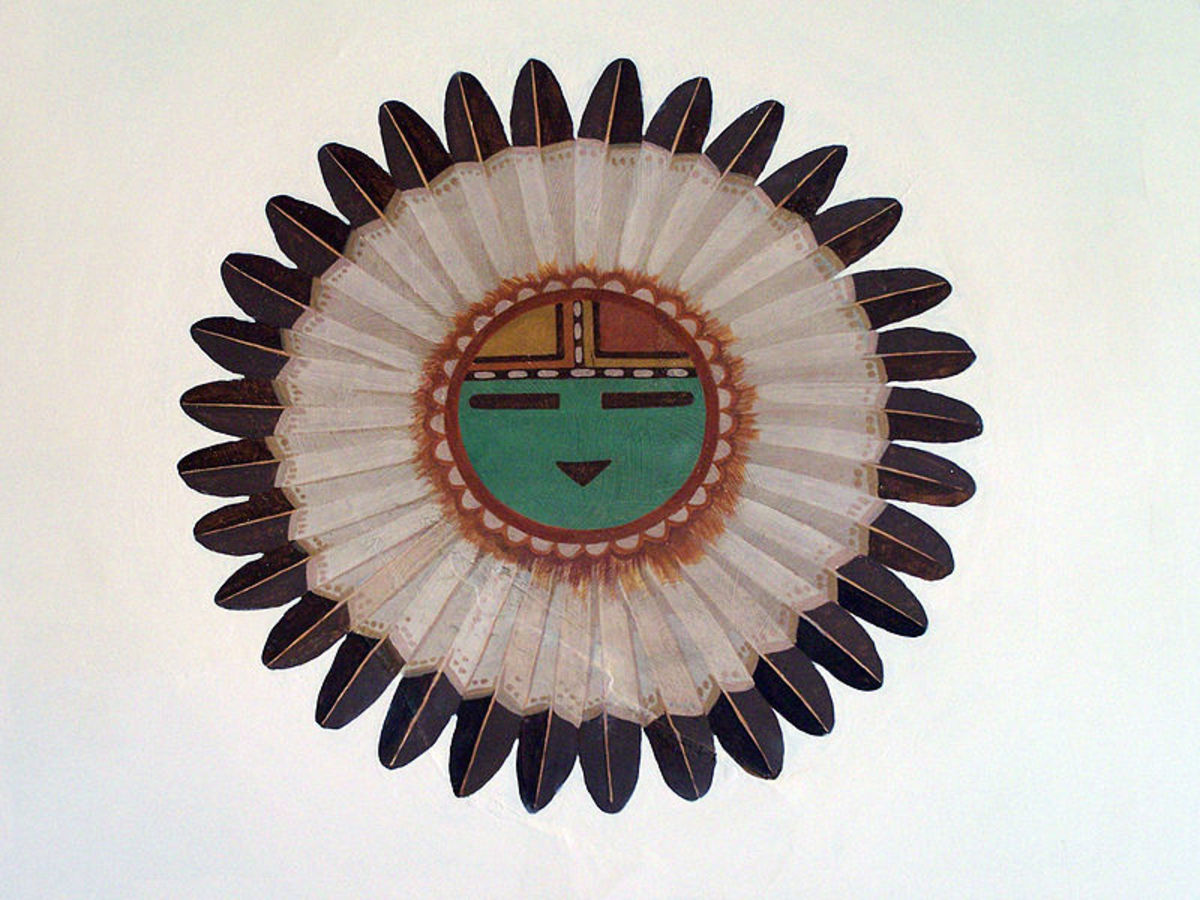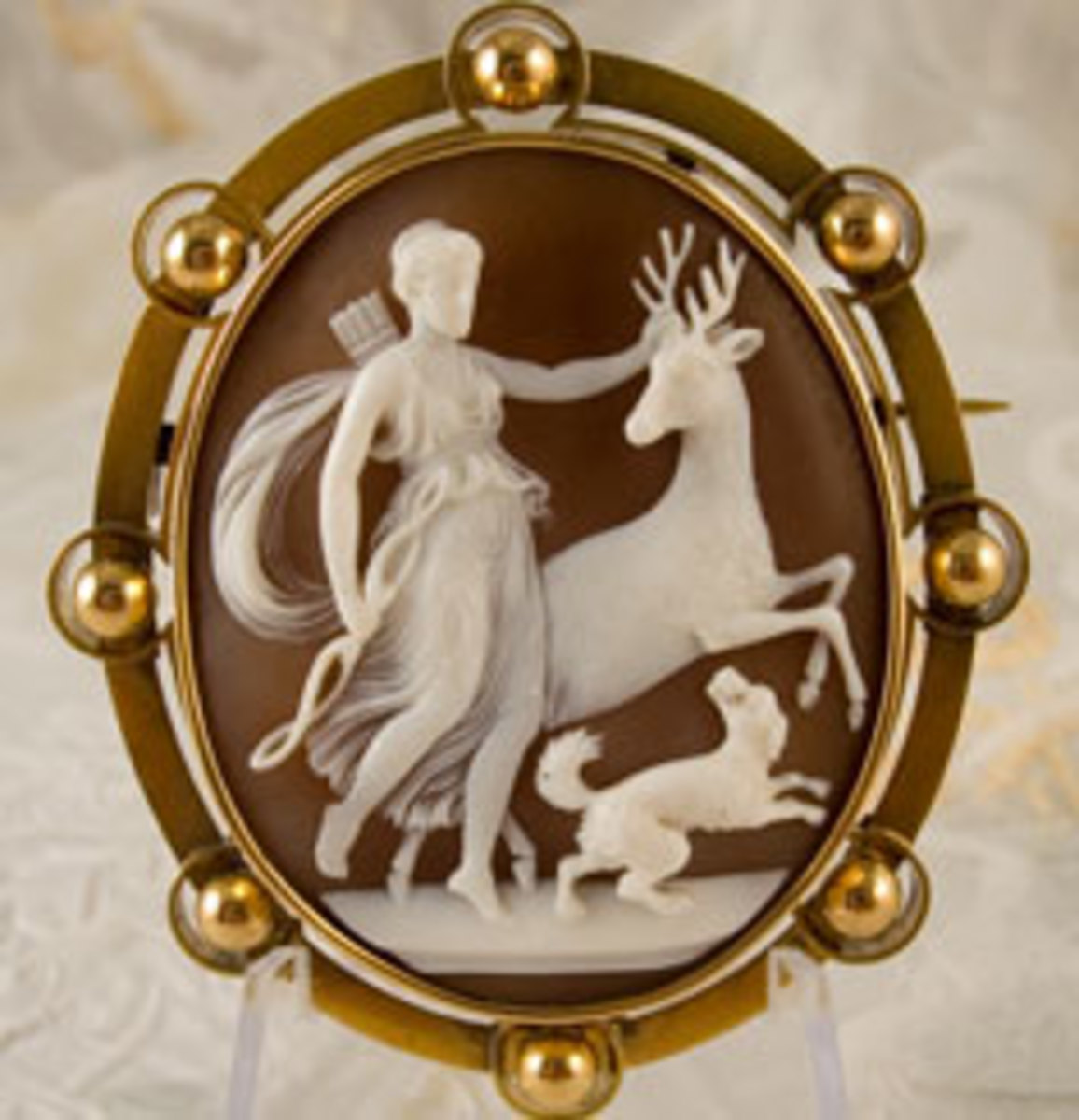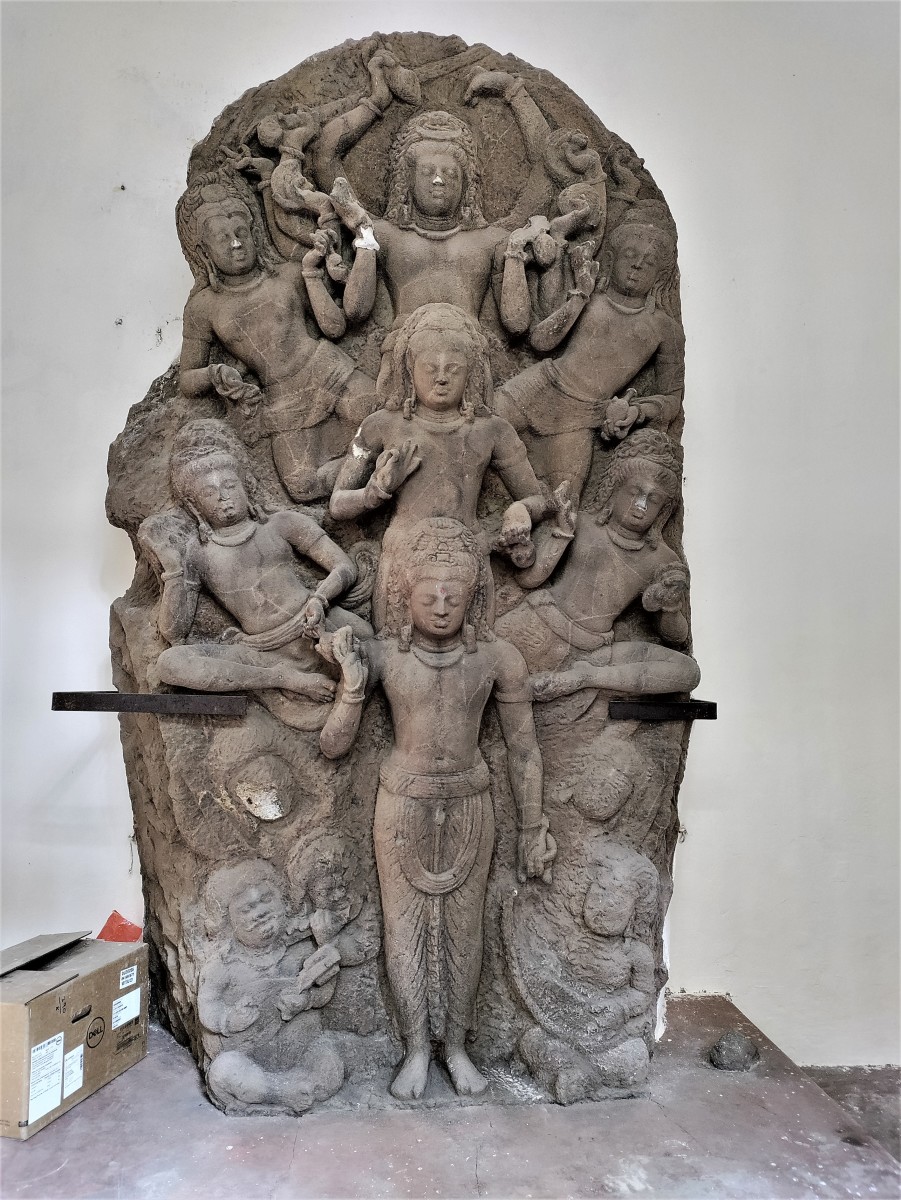Wood Carving
Woodcarving is the process and product of shaping wood into decorative and sculptural forms. The latter is also called wood sculpture.
Many qualities of the dried trunks of trees have recommended them for various uses since the early beginnings of the crafts. Wood is a widely prevalent and self-restoring source of supply, available in sizes suitable for small objects as well as buildings. Strong enough to support great weight and to span considerable areas, it is not too heavy to be handled by an economical amount of manpower nor too resistant to be worked readily and accurately with simple hand tools. Wood has a pleasing range of natural color, tonal depth (due to the annular structure or grain), and receptivity to a number of sensuously satisfactory surfacing treatments.
Three general conditions have contributed to the growth of wood carving in different historical periods:
- In primitive and ancient societies wood was often used because of its prime availability and ease of working.
- In rich and highly developed societies wood carving has remained an important decorative medium, extensively used in building.
- Predominantly aesthetic and individualistic interests of modem art in the West have brought about a small revival of wood sculpture because of its unique qualities as material and the directness of the carving process.
Although these categories are not mutually exclusive, they afford a useful basis for dividing the subject.

Primitive and Ancient Cultures
Because vast forests of large trees occur on the moist, temperate Pacific coast of North America, the economy of the American Indians residing in that area was based extensively on wood. The anthropologist Franz Boas has described a tribe which used wood even for the sails of its boats, regulating the strokes of the adze by which the sails were shaped so that the surface acquired a simple but distinctive rhythmic pattern. The socially and religiously important totem poles prevalent throughout this area are well known, and wood carvings of similar import were used to decorate family and tribal buildings.
African Negro culture and that of the Pacific islands have produced an art of wood carving which embodies great expressive and decorative ingenuity, and which has become an important influence on sophisticated western European expression as well as a prized field for collectors. Much of the work has a fetishistic religious function, especially in connection with ancestral and funerary rites. Decorative carving is applied to furniture and buildings, and in the South Seas also to boats. Both cultures use wood extensively for the carving of ceremonial masks. An important aspect of this work is the profound ingenuity of the artists in applying traditional modifications to human and animal shapes, reducing parts to their simplest geometrical denominator and arbitrarily modifying natural proportions.
Wood was used for many important works during the early dynasties in Egypt. Figures of servants and others intended to provide sustenance and activity for the deceased ruler in the life after death were often made of wood in the Old Kingdom' (2664-2155 B.C.), as were ceremonial figures of the ruler himself. Wood was even used for the portrait statue enclosed in every Egyptian tomb as a resting place for the soul (ka).
The absence of wood in ancient remains, especially in moist climates, may often be due to its perishability. This is doubtless true of remains from the Eurasian nomads, especially in northern regions, and in the case of early Greek sculpture. There is ample evidence that the Greek temple evolved from a wood and brick structure, and early records refer to highly venerated statues called xoana which seem to have been merely logs with a rough indication of a head at one end and with actual textiles for clothing. These very possibly may have evolved into some form of wood carving, for the earliest archaic Greek figures have a quality that suggests the structural refinements of wood, as in early Egyptian wood figures; but if such works existed they have now entirely disappeared.
Architectural Decoration
By far the most elaborate and prolific production of wood carving has occurred in societies which developed wealth and skill, yet for some reason did not supplant wood entirely with metal and stone (generally considered more monumental and elegant materials). This would be either because wood was so prevalent that it had an overpowering economic advantage, as in medieval western Europe when much of the land had not yet been cleared of primeval forests, or because its ready workability was still important during early stages of technical development, as in North Africa and the Far East. Before the age of mechanical woodworking tools like the circular saw and the planer, it was virtually as laborious to smooth the surface of a beam or panel as to carve it.
Medieval Europe
Although monumental architecture throughout Europe (except in the Baltic region) has always been predominantly of stone or brick, much of the decoration was accomplished by wood carving. Wood used for church furnishings in the Middle Ages, such as choir stalls, lecterns, rails, rood screens, and the like, was elaborated with surface carving to match the rich sculpture and decoration in stone on the outside of the building. Finely shaped wood was used also for ceilings and other interior features, such as wall paneling, in the more elegant domestic architecture of the period.
Wood carving was carried to its highest development in Europe by the High Gothic art of southern Germany early in the 16th century. Great skill was concentrated in the elaborate re-tables and in altarpieces consisting of a large central scene of figures, carved in full round, and wings depicting related subjects. These wings were carved in relief, front and back, and were hinged at the sides of the central panel so that the sculptural decoration would be visible when closed as well as open. One of the greatest of these was the altarpiece (Assumption of the Virgin) in the small church of Creglingen, Franconia, Germany, by the outstanding wood-carver of all Western tradition, Tilman Riemenschneider.
Innumerable small religious carvings in wood, often polychromed, also were made for domestic use at this time, and carving of various degrees of elaboration was applied to the walls and furnishings of civic and domestic buildings. A peculiar motive derived from an important article of trade was the linen fold, used for flat areas on furniture or on the repeated sections of wall paneling.
Italian Renaissance forms of cultural expression, adopted generally by the aristocracy of Europe in the period when modern nations were forming, replaced wood with marble and bronze as the important sculptural mediums, and painting became widely used on the walls. As the distinction between "artist" and "craftsman" grew with the constant demand for stylistic invention in major works of art, wood sculpture almost ceased to be produced, and decorative carving was reduced to a minor mechanical craft that can best be studied in terms of the historical styles of interior decoration such as Jacobean, Georgian, Chippendale, Biedermeier, and so on.
There were two notable survivals of the tradition, however. England produced an important wood-carver after the adoption of Renaissance style. Grinling Gibbons (1648-1720) decorated the interiors of many of the churches designed by Sir Christopher Wren, as well as important aristocratic mansions. Although technically his work could not have been produced without the antecedent Gothic development of the craft, his style is that of the Renaissance in its classically detailed architectural columns and entablatures, and in the highly naturalistic garlands of fruit and foliage in full relief, reminiscent of the terra-cotta frames made by the della Robbia family in the 15th century Florence.
A less monumental but longer-lived survival is seen in the folk art of the villages, principally in central Europe, where the craft of carving chests, clock cases, and other furniture, as well as small religious and genre figures, has been handed on with little change from generation to generation. A special type of design known as chip carving appears widely in this type of work. The "chip" is a small isosceles triangle, deepest at the apex, that is dug out of the wood with the point of a knife. An elaborate geometrical pattern is built up by removal of innumerable adjacent chips.
North Africa and the Far East
The subjection of a numerous working population through the caste systems of the great Asiatic cultures encouraged the development of subtle and exacting procedures in the crafts and made available vast quantities of labor for the elaboration of the product. Wood was used extensively in building, sculpture, and household furnishings (although other mediums were likewise prevalent), and the characteristic design was a rich over-all coverage of the surface with fine though often repetitious detail.
Wood was used for religious and theatrical masks in Japan, and ancient examples made for the no (Japanese no) drama have been handed down to the present in the families of the actors. Japanese domestic interiors are quite simple in general, but a carved ventilating panel called a ramma is a characteristic feature. Special locations like the family shrine (butsudan) and a niche for highly prized objects of art (tokonoma) are also decorated with fine carving. Chinese interiors tend to employ much more carving, including rich elaboration of ceiling beams and columns. Religious shrines in both countries have been extensively decorated with wood carving in various periods, and in Japan quite monumental buildings have been constructed entirely of wood.
Similarly rich and extensive uses of carved decoration in wood are characteristic of Mohammedan art in North Africa. The Muslim prohibition against representation of human and animal figures stimulated the development of elaborate geometrical patterns, often with simple repetitious phrases in Kufic lettering (see kufic or cufic writing), worked as a border or focus of the design.
Modern Revival
Demands for constant novelty in 20th century art of the Western world have caused a number of sculptors to explore new or unused technical means. The use of wood has been revived for its ingratiating sensuous qualities of color, finish, and texture. Its workability also serves the competitive, individualistic situation of the modern sculptor, enabling him to move directly toward the final result with no intermediate processes like the casting of metals or the firing of clay. Thus he is relieved of costly investment of labor or funds (beyond the capacity of many individuals in an uncertain market), and he has the progress of his conception under direct control and in constant prospect.
Northern countries, perhaps because of their strong Gothic heritage, seem to have produced the most notable wood-carvers. Carl Milles (1875-1955), a Swedish sculptor who executed many commissions in the United States and who was director of the Cranbrook Academy of Art in Bloomfield Hills, Mich., used wood for the large, somewhat stylized mural (Man and Nature) in the lobby of the General Dynamics Building, Rockefeller Center, New York. The German sculptor Ernst Barlach (1870-1938) practiced wood carving to a greater extent than any other well-known modern artist. His genre figures, carved in broadly simplified but naturalistic masses, suggest the genre phase of Gothic tradition.
England's most noted contemporary, Henry Moore, has occasionally used wood. Constantin Brancusi (1876-1957), the Rumanian sculptor who worked in Paris, has been the chief exploiter of the sensuous qualities of wood in abstract aesthetic forms which follow the cubist development in painting.
The American Tradition
Wood played a great part in the early economy of the North American colonies, a fact reflected by the growth of wood carving according to all the aforementioned motivations for its use. Pioneering farmers carved weather vanes and other figures in untutored primitive style, probably for recreation in periods of inactivity such as snowbound winters. Utensils like cake and butter molds were carved with decorative patterns in wood. Eighteenth century prosperity brought extensive building, largely in wood decorated by Georgian classical motifs. A noted carver of this type of decoration was Samuel Mclntire (1757-1811), who built and decorated a number of elegant houses in Salem, Mass., and also carved furniture and did portrait sculpture in wood.
A considerable industry was involved during much of the 18th and 19th centuries in carving decorations for wooden ships, chiefly figureheads (see figurehead) and decorative stern pieces. William Rush (1756-1833) of Philadelphia, who was the first native-born professional sculptor in the United States, carved in wood and made a number of figureheads. Many pictorial shop signs were carved in wood, a type of which, the cigar store Indian, remained in use until the early decades of the 20th century. During the period of western expansion, carving as a pastime developed a tradition in the Midwest of whittling, in which Carl Schimmel became noted for his small genre groups. A much earlier tradition was that of the primitive religious carvings (known as bultos) of the Spanish Southwest.
In the 20th century several artists resorted to wood for the aesthetic subtleties of the material as well as for the directness of the carving process. Chaim Gross used wood almost exclusively, and many others, like Jose de Creeft and Isamu Noguchi, included it in a range of materials for occasional use. Very few of the conservative sculptors have used wood; but a number of gracefully refined figures on a small scale were produced by Allan Clark (1896-1950).







